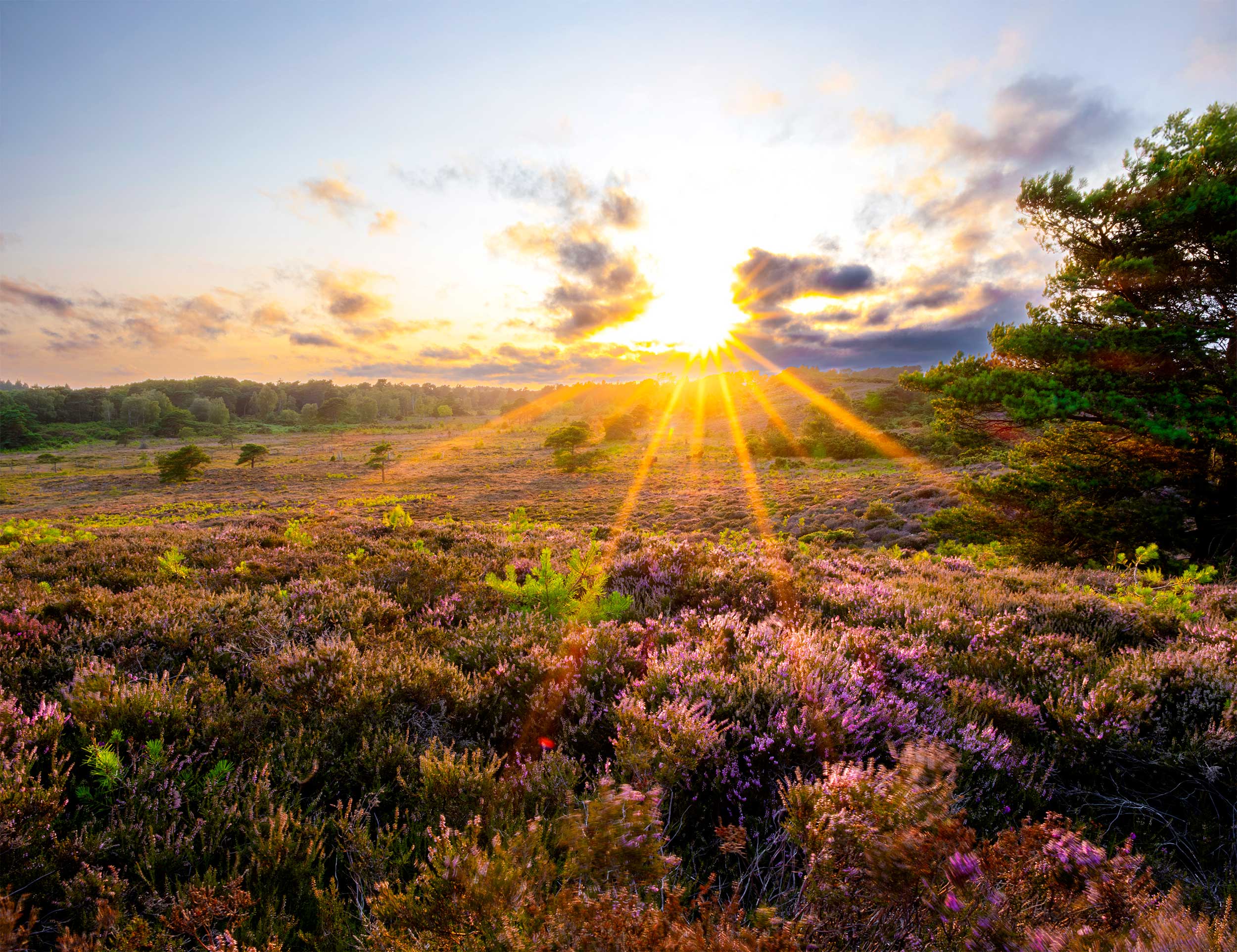Happy 60th Birthday, Arne!
In 1965, we took on management of land near Wareham, focusing on restoring the fortunes of the Dartford Warbler – a small, elusive bird with a distinctive red eye and melodious song – after UK populations plummeted in the 1960s. A dedicated team of RSPB staff and volunteers set to work clearing non-native rhododendron scrub and pine, topping heather, and cutting back gorse to encourage new growth to provide shelter for Dartford Warblers and other species; later, conservation grazing was introduced. Over time, the reserve expanded: a former clay pit became a saline lagoon and, in 2019, Hyde’s Heath was acquired to connect habitats and reduce heathland fragmentation. Now, Dartford Warblers are flourishing.
The latest survey recorded 97 pairs, up from just two in 1965. Nightjar, Yellow Centaury, Ladybird Spider and Southern Damselfly, plus all six native UK reptile species also thrive here.

A female White-faced Darter. Photo: David Morris
Rare dragonfly returns
The return of White-faced Darters to RSPB Campfield Marsh marks an exciting milestone for dragonfly conservation. Numbers of this small but striking dragonfly have plummeted in England due to habitat destruction.
Over many years, conservationists have worked to create the right habitat conditions at RSPB Campfield Marsh in Cumbria for this ambitious translocation, led by the RSPB, with advice and support from the British Dragonfly Society, Cumbria Wildlife Trust and Natural England. In April and August, staff and volunteers carefully collected small amounts of Sphagnum moss containing larvae of one of our rarest species, the White-faced Darter, from a stable donor population, transporting it in buckets to healthy peatbog at Campfield Marsh. And in July, Campfield Marsh was officially designated a Dragonfly Hotspot – the 12th such location in England, recognising its role in conservation.

Choughs. Photo: Thomas Hanahoe (Alamy Stock Photo)
Volunteers step up for Choughs
The RSPB’s capacity to monitor Choughs in North Wales has been strengthened this year with the recruitment of nine dedicated volunteers. Each has been assigned a nest site to visit regularly across the breeding season, recording key data on nesting success, hatchlings and fledglings. The scheme – part of the Natur am Byth! partnership to save Wales’ threatened species – is already proving a great success.
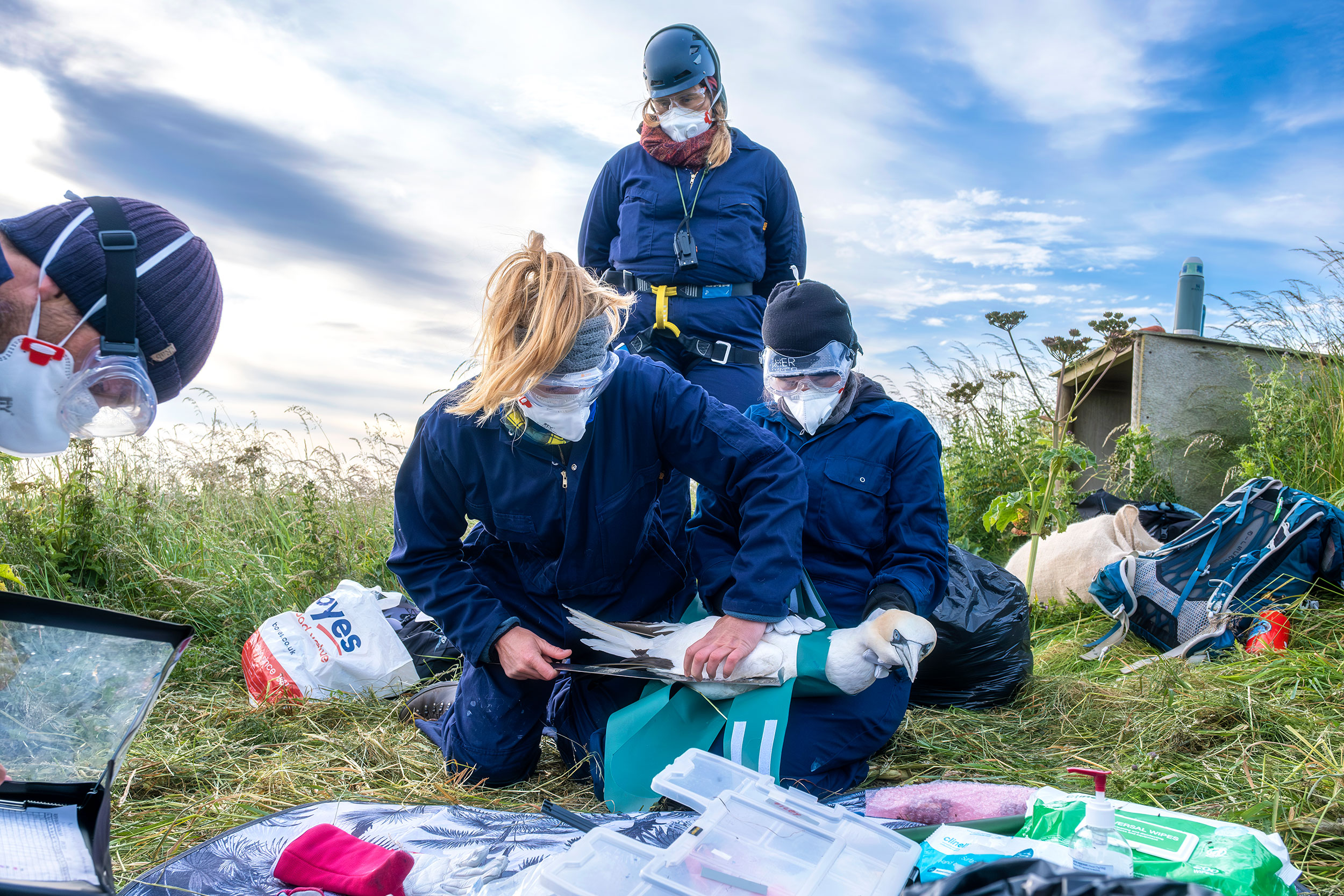
Staff monitoring Gannets. Photo: Sam Turley (rspb-images.com)
Helping fight avian flu
Highly Pathogenic Avian Influenza (HPAI) continues to affect UK birds. Since HPAI was detected among Great Skuas in Scotland in 2021, it’s killed tens of thousands of birds in the UK. Worryingly, it’s still circulating and there is growing evidence for impacts on birds of prey.
The RSPB is working to mitigate the impacts of outbreaks and promote the recovery of affected populations. Across our nature reserves, staff contribute to large-scale surveillance by reporting dead birds and collecting samples for testing. We also work with all four country governments and other conservation bodies to ensure national response plans yield the best outcomes.
The RSPB’s Wildlife Disease Fund continues to support our large-scale research, enabling us to respond to outbreaks on RSPB reserves and to push for action from governments, including addressing the threats wild birds face.
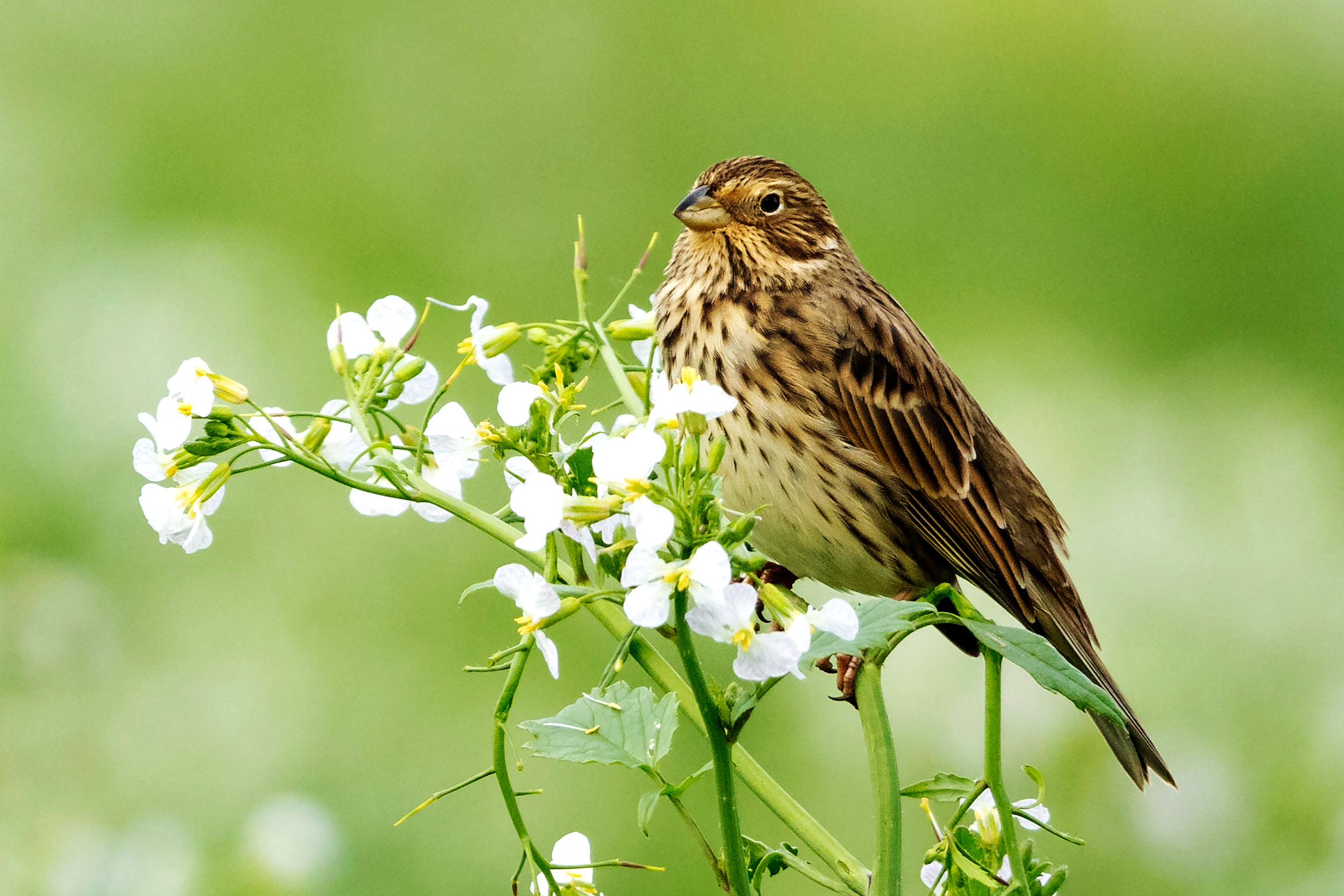
Corn Bunting. Photo: Oliver Smart (rspb-images.com)
Boosting buntings
A new study by RSPB conservation scientists suggests improvements that could benefit Corn Buntings in north-east Scotland. Once widespread, Corn Bunting numbers in eastern Scotland fell by 83% between 1989 and 2007. Corn Buntings are late breeders and nest on the ground. In north-east Scotland, they often nest in silage fields where many eggs and chicks are destroyed by summer mowing. A Scottish Agri-Environment Climate Scheme (AECS) option compensates some farmers for delaying harvest, but this isn’t widely taken up. Now, new findings show that autumn-sown green manure not only improves soil health but also significantly boosts Corn Bunting nest survival.
Find out how farmers can help protect Corn Buntings.
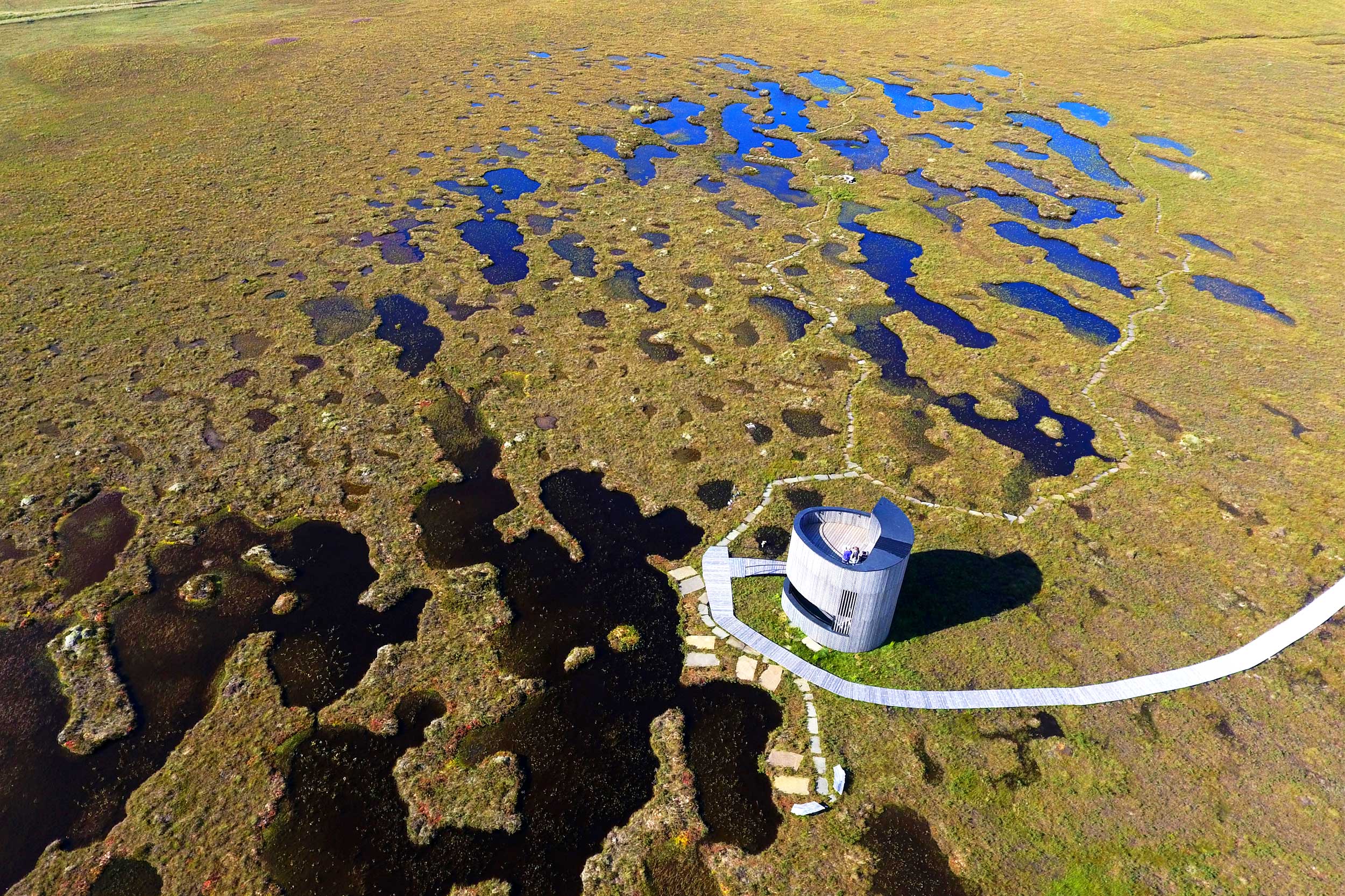
Forsinard Flows. Photo: RSPB (rspb-images.com)
Forsinard Flows at 30
We’re celebrating three decades of peatland restoration, research and biodiversity conservation at RSPB Forsinard Flows in Scotland. Since 1995, staff and volunteers have protected and enhanced the site, now expanded to more than 21,000 hectares of blanket bog, farmland, and riparian and freshwater habitats. It’s home to Golden Plovers, Greenshanks, Hen Harriers, Skylarks, Red- and Black-throated Divers, reptiles, amphibians, dragonflies and rare plants. It’s also a hub for community engagement and education.
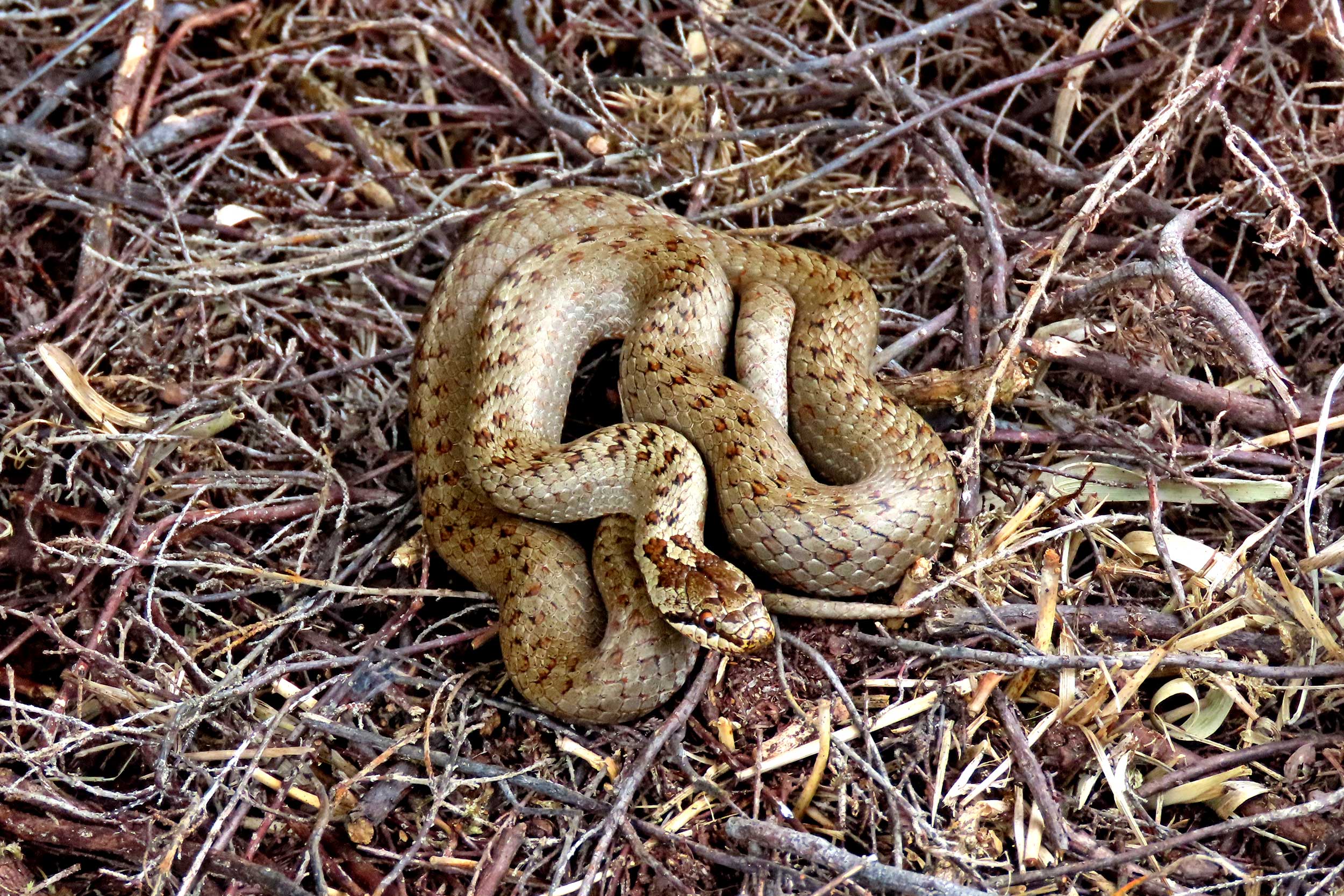
Smooth Snake. Photo: Roger Hamling (rspb-images.com)
Smooth Snake success
In 2024, a record 39 Smooth Snakes were recorded on the Pebblebed Heaths NNR in east Devon. Between 2009 and 2010, 17 of these non-venomous snakes were released by the RSPB, Amphibian and Reptile Conservation and Pebblebed Heaths Conservation Trust. The UK’s rarest reptile, which had vanished over the last 50 years, is now self-sustaining and expanding across east Devon.
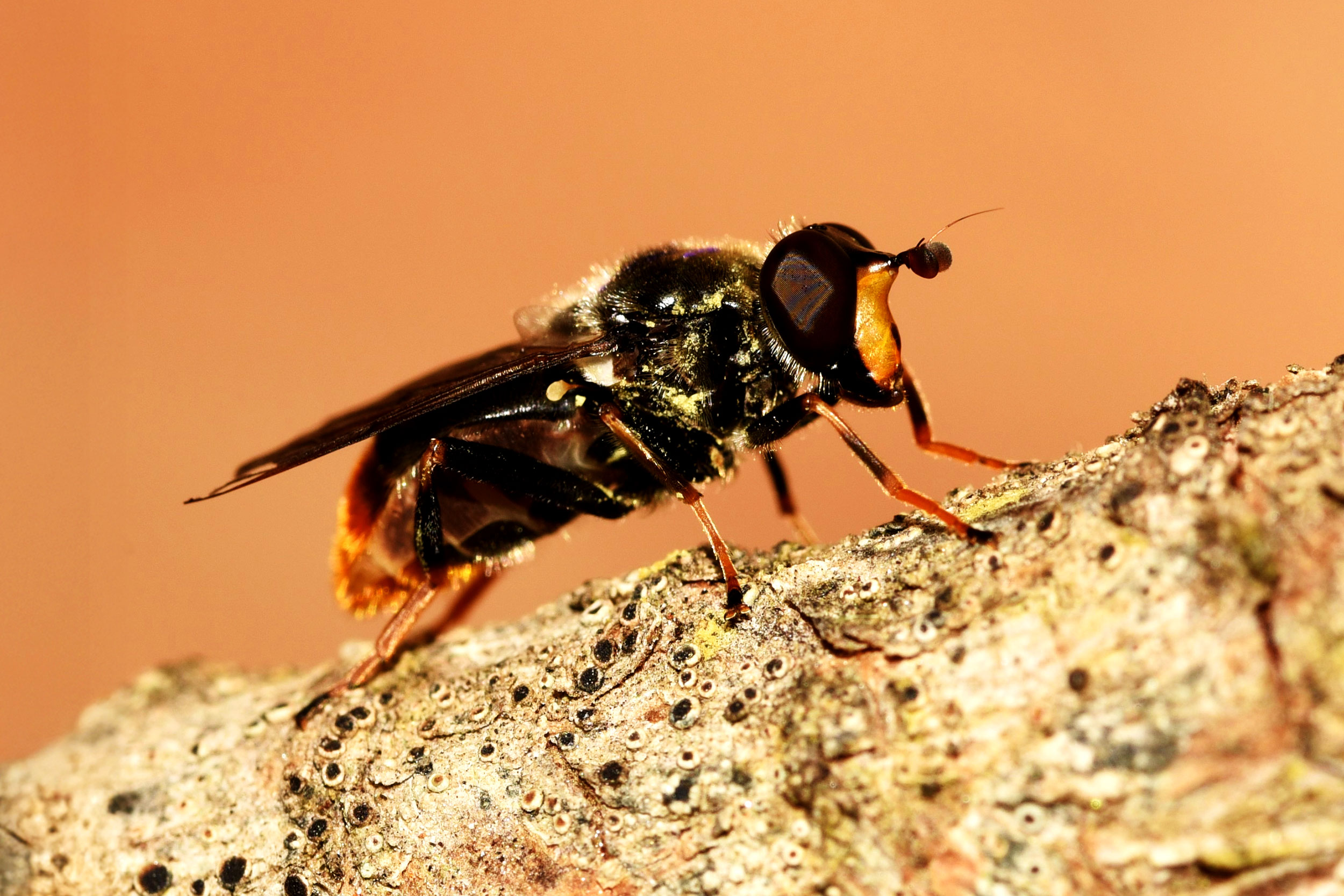
Pine Hoverfly. Photo: Genevieve Tompkins
Saving Pine Hoverflies
The rare Pine Hoverfly is the focus of a new conservation strategy involving the RSPB. Critically Endangered in the UK, the species depends on old-growth Scots Pine and flowering understory trees and plants. Its larvae develop in water-filled rot holes where bacterial ‘soup’ created by fungi provides essential nutrients. A flagship species for Caledonian pine forest, the Pine Hoverfly is also an important pollinator and recycler. It’s a priority for the Rare Invertebrates in the Cairngorms project, a partnership including the RSPB, Buglife, Butterfly Conservation, Cairngorms National Park Authority, NatureScot and Royal Zoological Society of Scotland.
Over the next five years, the RSPB and partners will continue habitat creation, monitoring, research, releases and campaigning to support this species.
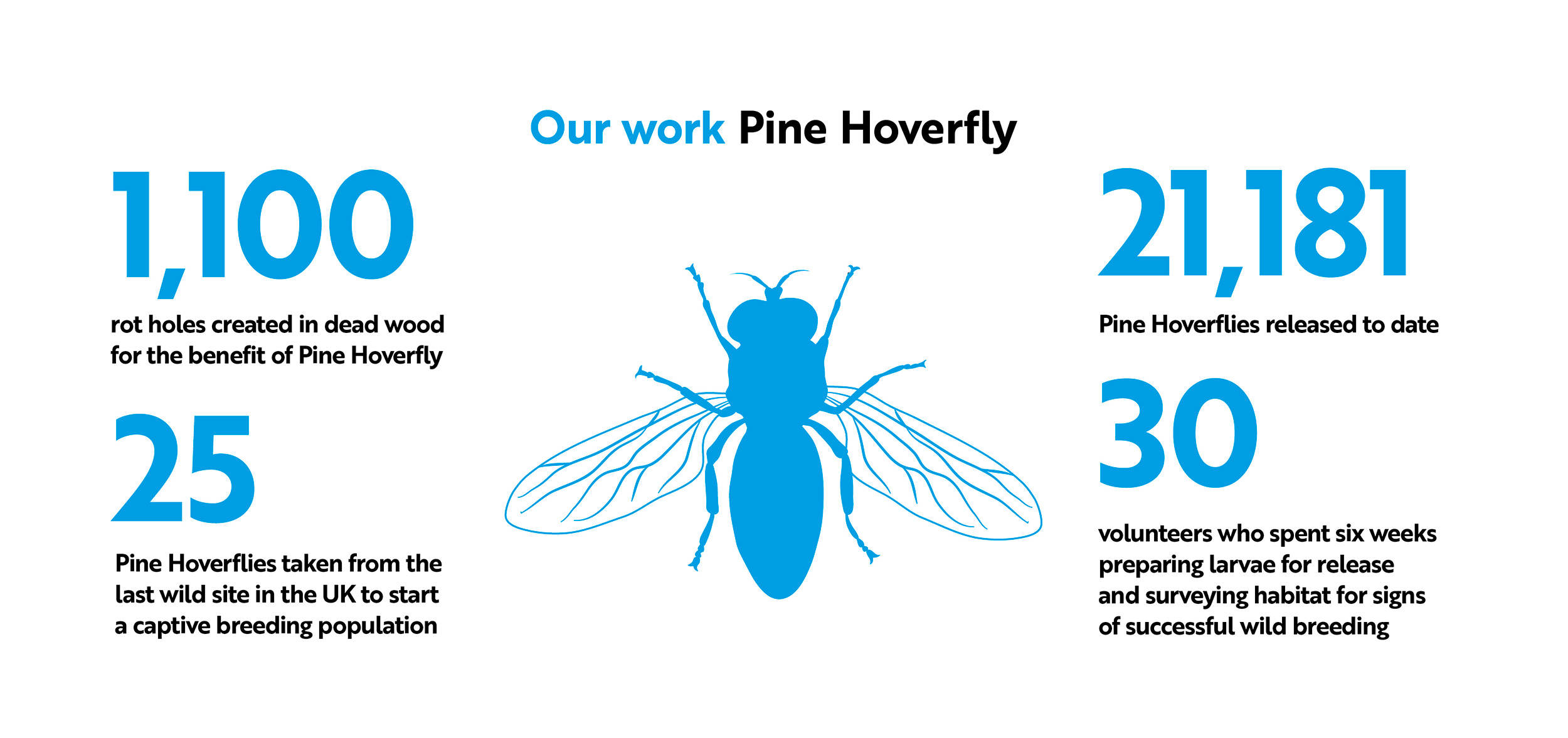
You might also like
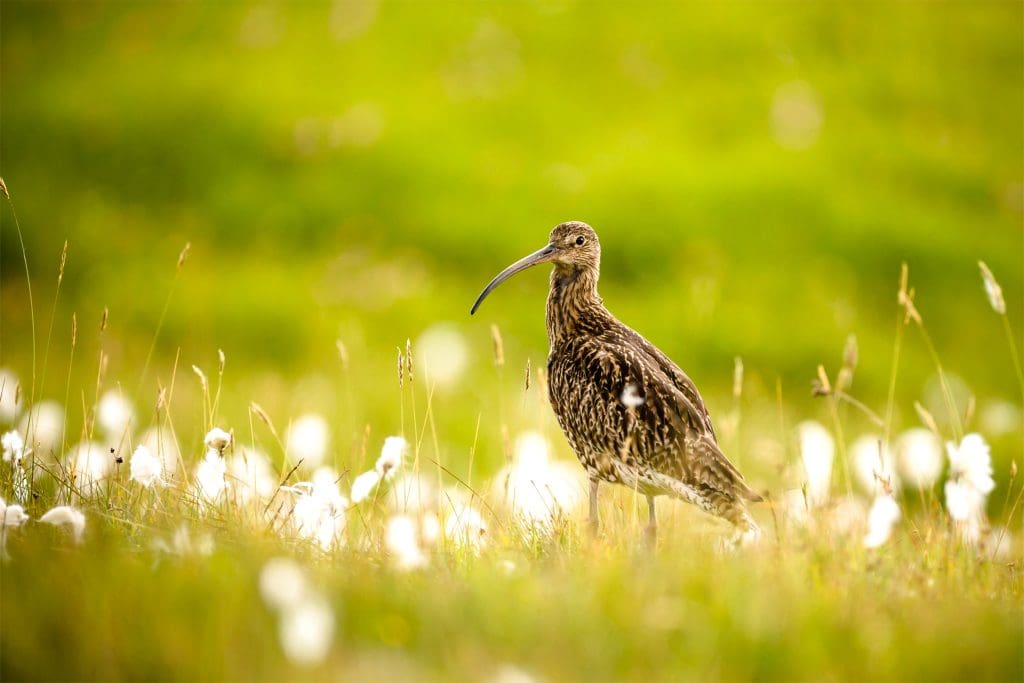
Answering the call of the Curlew

The spotters’ challenge: reptiles


